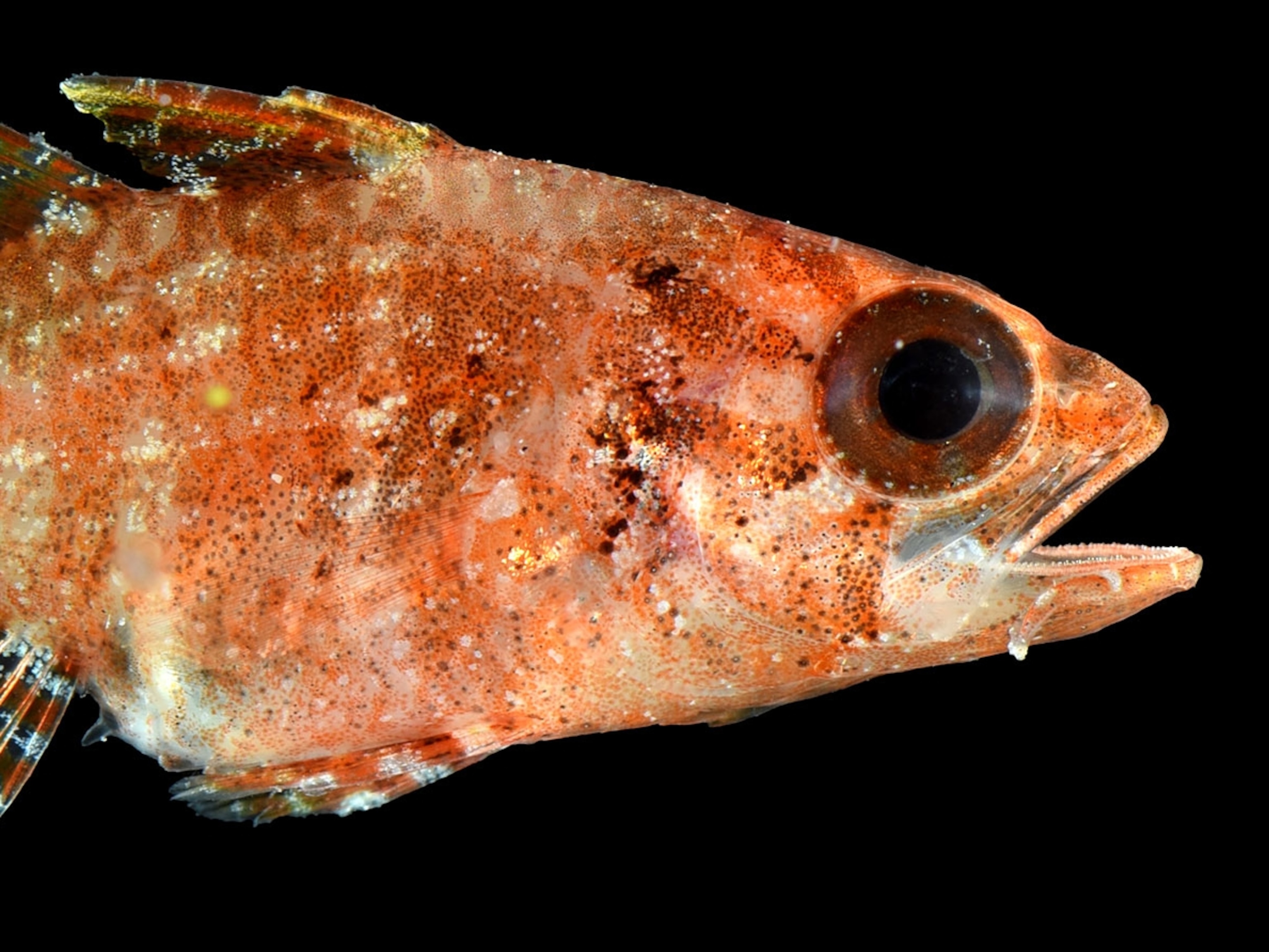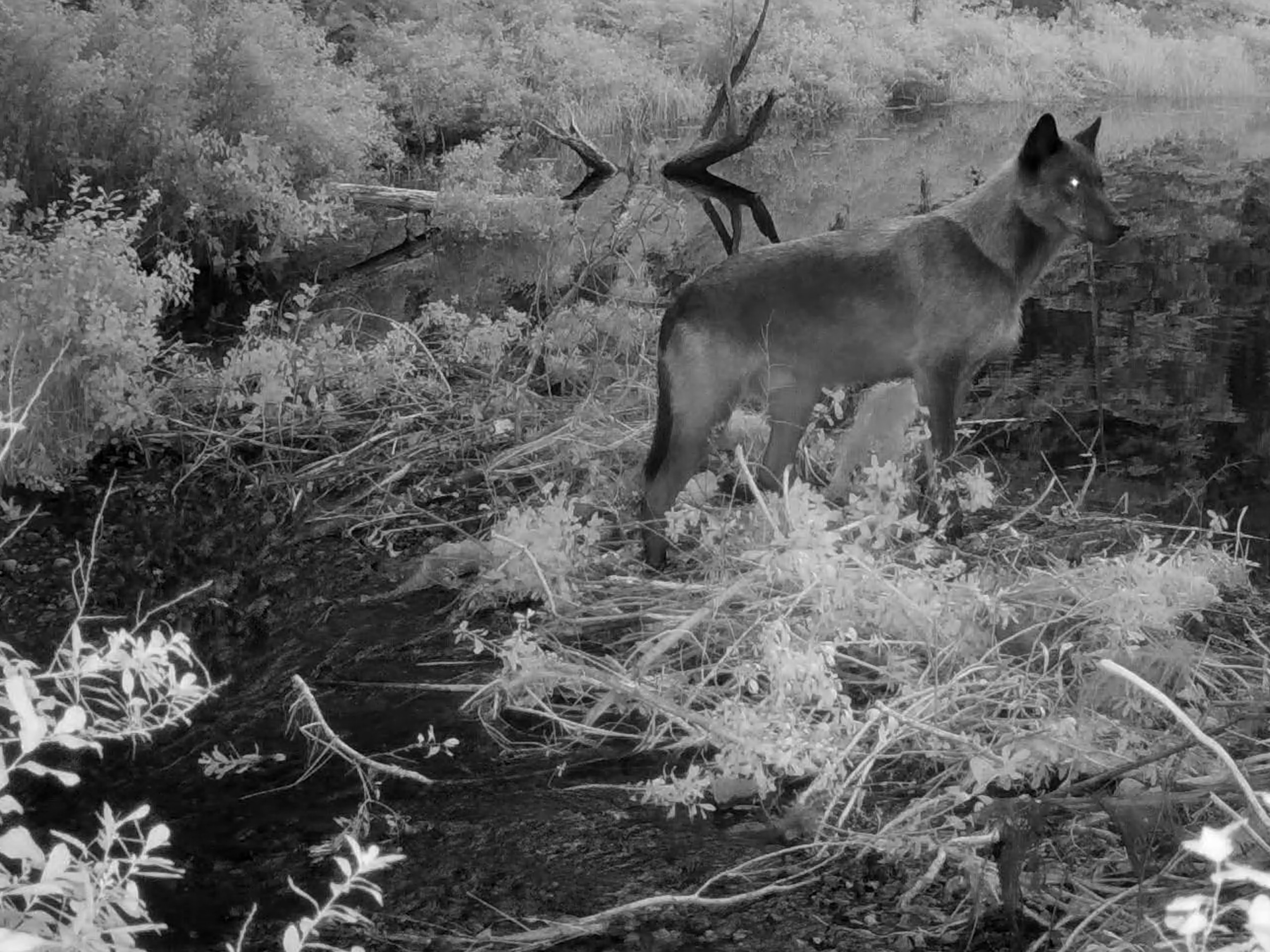Video: Horseshoe Crabs Mate in Annual Beach "Orgy"
Delaware Bay in the eastern U.S. is ground zero for the annual horseshoe crab spawning ritual.
Up and down the U.S. Eastern Seaboard, horseshoe crabs, which have been around for some 450 million years (200 million years before dinosaurs), are spawning. The crabs live in the ocean year-round but come ashore like clockwork every year between the May and June full moons to mate and lay eggs.
On any night during the spawning season, volunteers troll eastern beaches to help conduct the population surveys managed by state fisheries departments and marine and conservation organizations.
Some coastal areas—in Massachusetts and New York, for instance—may yield as few as 20 crabs in a night. But along the shores of the Delaware Bay, where crabs have been counted since the early 1990s, they may number in the tens of thousands. The bay—with its easy access from the Atlantic, warmer and calmer waters than along the ocean shore, and gently sloping beaches—offers ideal spawning grounds for them.
It was here that the "quadrat protocol"—a statistically reliable way to count crabs in meter-square sections along one kilometer of beach—was created, to help crab counters tote up the numbers of crabs crawling on top of each other. (Related: "Horseshoe Crab Count Under Way on East Coast.")
This year's count is still under way, and the 2013 numbers are still being crunched. But in 2012 the Delaware Bay Horseshoe Crab Spawning Survey grand total was 1,291,569. The year's high count night, May 22, yielded 157,016 crabs. That night on the New Jersey side of the bay (where there's been a moratorium on collecting crabs for bait since 2008), the count was 184,046, exceeding the Delaware side's high for the first time since 1999.
The annual horseshoe crab spawning spectacle draws people from all over the world. For those of us on the East Coast of the U.S., all you need do is walk to a quiet sandy beach under the full May or June moon and wait for the high tide—and the magic—to begin.





